HCCI Reports
-
Issue Brief: ESI Payments to 340B Hospitals are Multiples Higher than Their Estimated Acquisition Costs
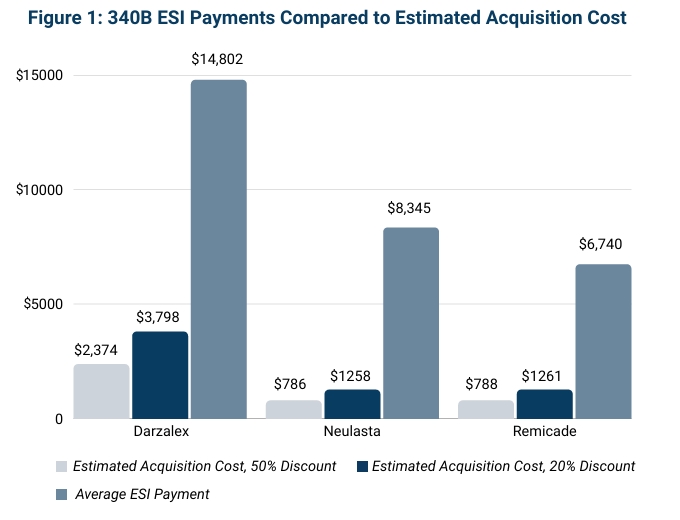 Read more: Issue Brief: ESI Payments to 340B Hospitals are Multiples Higher than Their Estimated Acquisition Costs
Read more: Issue Brief: ESI Payments to 340B Hospitals are Multiples Higher than Their Estimated Acquisition CostsThe Health Care Cost Institute (HCCI) conducted an analysis on estimated acquisition costs and ESI reimbursement costs among 340B-participating hospitals in 2022. This issue brief analyzes the estimated ESI and Medicare fee-for-service price mark-up, relative to estimated acquisition costs, among 340B hospitals. Among the three physician-administered drugs of interests: daratumumab, pegfilgrastim, and infliximab, we found…
-
Drug administration shifted toward outpatient departments, especially to 340B hospitals
 Read more: Drug administration shifted toward outpatient departments, especially to 340B hospitals
Read more: Drug administration shifted toward outpatient departments, especially to 340B hospitalsThe federal 340B Drug Discount Program was created in 1992 to lower the cost of drugs for non-profit hospitals that disproportionately care for people with lower incomes. Under the program, discounts from drug manufacturers to hospitals are estimated to range from 20 to 50% on most outpatient medications, although the actual discounts are not publicly disclosed. Because the program does not restrict the patients who can receive…
-
Preventive Health Services: What are they and how much do they cost?
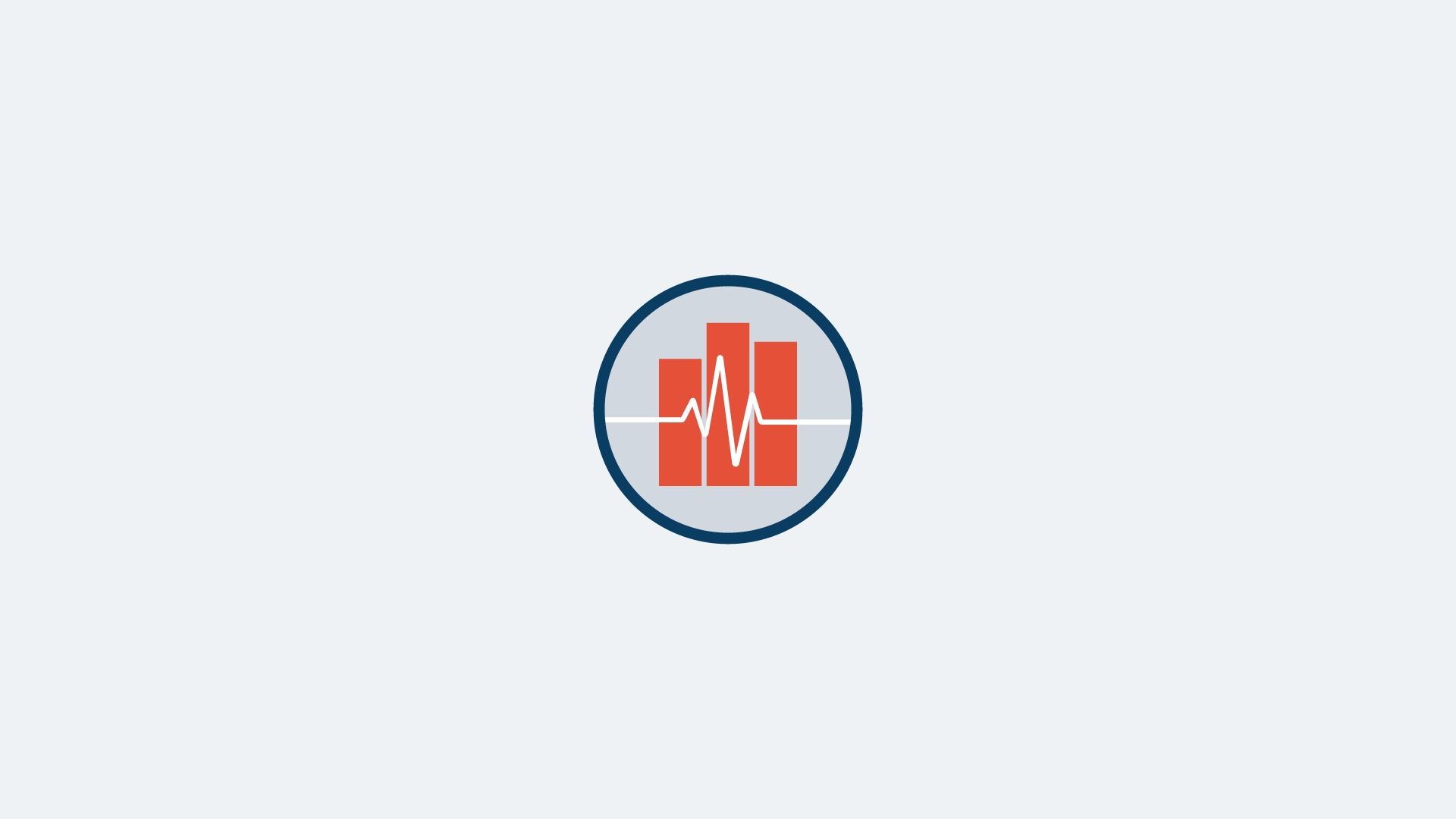 Read more: Preventive Health Services: What are they and how much do they cost?
Read more: Preventive Health Services: What are they and how much do they cost?What are preventive health services? Preventive health services help people stay healthy and detect health problems early. Preventive care includes services like wellness visits, immunizations, contraceptive services, and cancer screenings. Specific services recommended by expert committees must be provided at no cost to the patient. This means that even if a patient has not met…
-
4% of Health Spending Goes to Primary Care
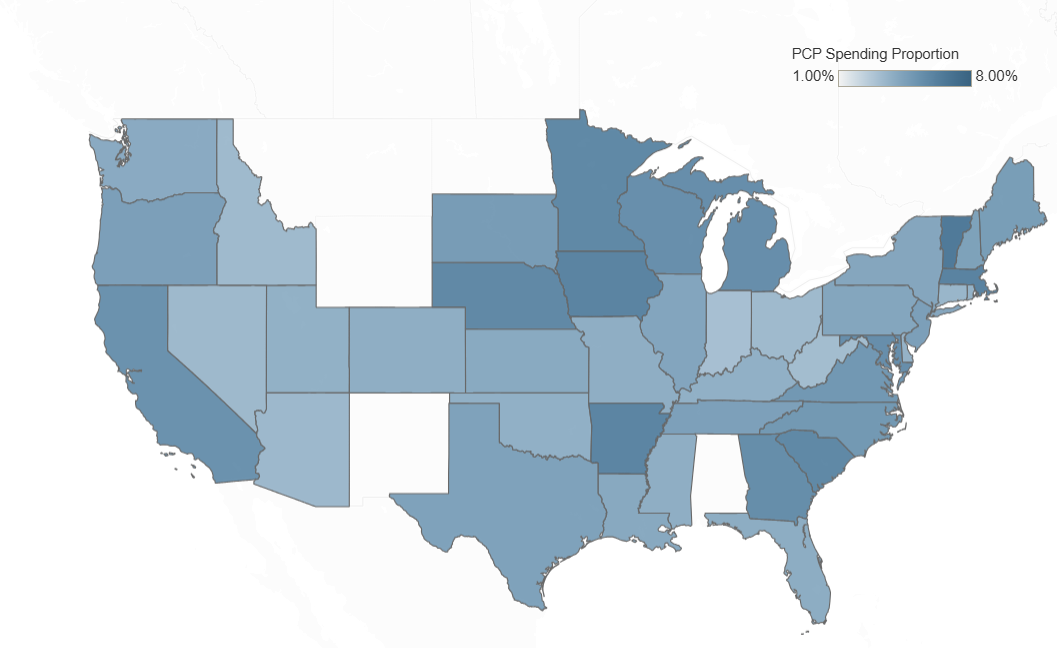 Read more: 4% of Health Spending Goes to Primary Care
Read more: 4% of Health Spending Goes to Primary CarePrimary care offers patients a critical connection point to the health care system. With contact, continuity, comprehensiveness, and coordination as its base1, primary care has been shown to improve health outcomes and population health, reduce health disparities, and save health care dollars. Despite the virtues and benefits of primary care, it seems to be getting harder to access. In 2025, there…
-
Prices in Hospital Outpatient Departments are Consistently Higher than Physician Offices among Site-Neutral Services
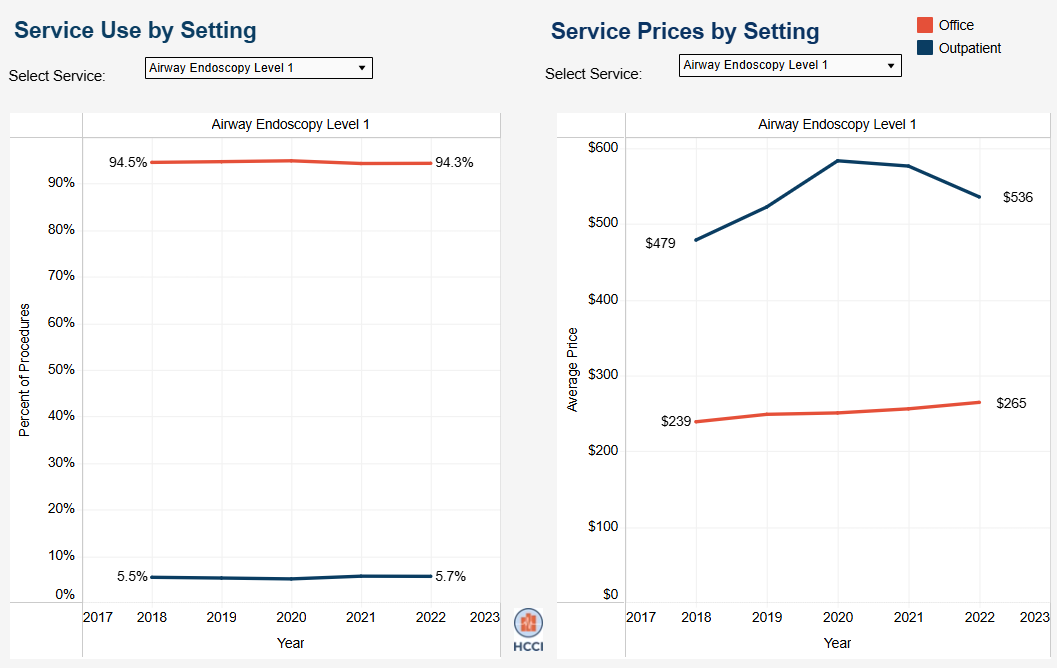 Read more: Prices in Hospital Outpatient Departments are Consistently Higher than Physician Offices among Site-Neutral Services
Read more: Prices in Hospital Outpatient Departments are Consistently Higher than Physician Offices among Site-Neutral ServicesAs federal and state policymakers pursue policies to lower health care costs, “site neutral payment” has emerged as a potential tool with bipartisan support to bring down spending. Adopting “site neutral payments” would mean that a given service would cost the same amount regardless of where the care was received (i.e., the site of service)….
-
Issue Brief: System-affiliated hospitals associated with higher prices
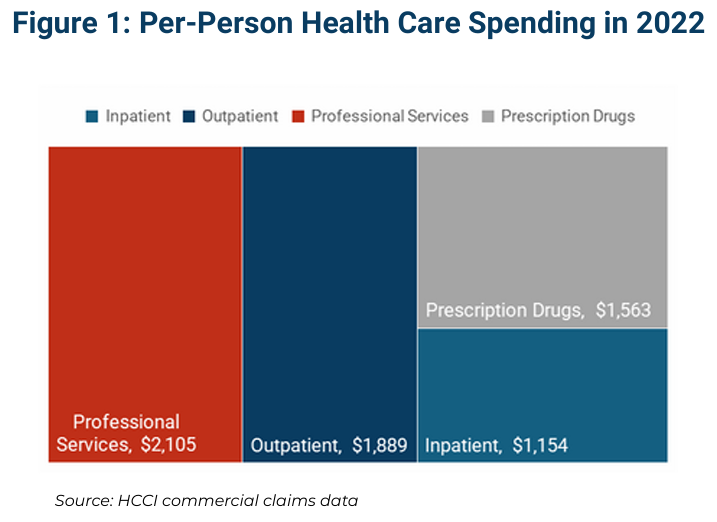 Read more: Issue Brief: System-affiliated hospitals associated with higher prices
Read more: Issue Brief: System-affiliated hospitals associated with higher pricesForty-five percent of per-person health spending among people with employer-sponsored insurance was spent on inpatient or outpatient services. The Health Care Cost Institute (HCCI) conducted an analysis of hospital inpatient and outpatient prices by key hospital characteristics from 2012-2022. During our study period, we found system-affiliated hospitals were associated with higher prices; non-profit hospitals were…
-
Rates of Blood Cancer Diagnosis Among Private and Public Insurers
 Read more: Rates of Blood Cancer Diagnosis Among Private and Public Insurers
Read more: Rates of Blood Cancer Diagnosis Among Private and Public InsurersBlood cancers represent a range of diseases that can affect blood cells, bone marrow, lymph nodes, and other parts of the lymphatic system. Health care claims data can provide insights into how many people are dealing with blood cancers. Using claims data from people enrolled in Medicaid, employer-sponsored insurance (ESI), and Traditional Medicare, this data…
-
Outpatient Hospital Prices are Higher Among System-Affiliated, For-Profit, and Urban Hospitals
 Read more: Outpatient Hospital Prices are Higher Among System-Affiliated, For-Profit, and Urban Hospitals
Read more: Outpatient Hospital Prices are Higher Among System-Affiliated, For-Profit, and Urban HospitalsSpending on hospital (inpatient and outpatient) services accounts for more than half of per-person health care spending in the employer-sponsored insured (ESI) population. In 2022, hospital outpatient facility spending per person accounted for nearly a third of total per person spending. Per-person outpatient spending increased 18% from 2018 to 2022, which was driven by a…
-
How do Pre-Medicare Adults Aged 55-64 Interact with the Health Care System?
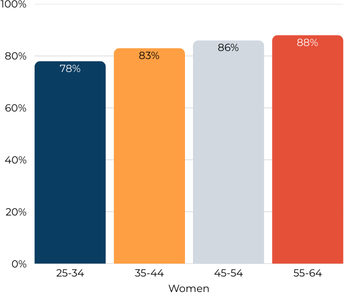 Read more: How do Pre-Medicare Adults Aged 55-64 Interact with the Health Care System?
Read more: How do Pre-Medicare Adults Aged 55-64 Interact with the Health Care System?The Health Care Cost Institute (HCCI), in collaboration with West Health, conducted an analysis on health care use and spend patterns among older adults with employer-sponsored insurance (ESI). This group is the key to anticipating future needs and demands on the health care system as they approach Medicare eligibility. We found that from 2018 to 2022, people aged 55-64…
-
Shorter Stays, Lower C-Section Rates, and Fewer System-Affiliated Hospitals Contribute to Lower Childbirth Costs in Rural Areas
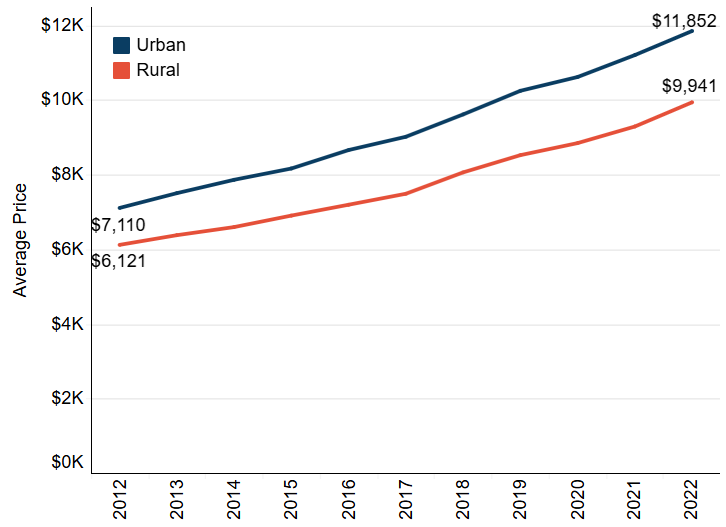 Read more: Shorter Stays, Lower C-Section Rates, and Fewer System-Affiliated Hospitals Contribute to Lower Childbirth Costs in Rural Areas
Read more: Shorter Stays, Lower C-Section Rates, and Fewer System-Affiliated Hospitals Contribute to Lower Childbirth Costs in Rural AreasChildbirth costs, outcomes, and access to care differ between rural and urban hospitals. Rural areas have fewer short-term general acute care (GAC) hospitals, with only about 35% of all GAC hospitals operating in rural locations in 2023. As rural hospitals continue to face financial distress, many unprofitable service lines, such as hospital-based obstetric service units…
